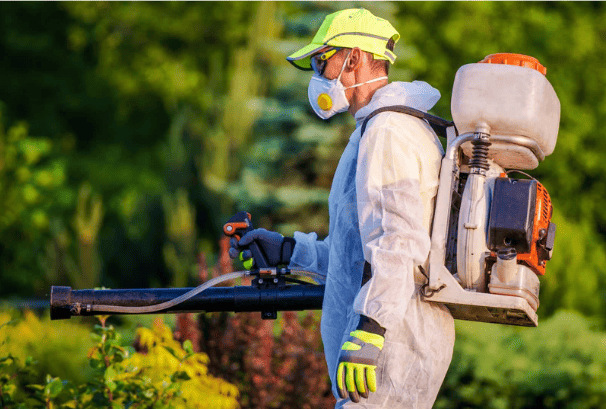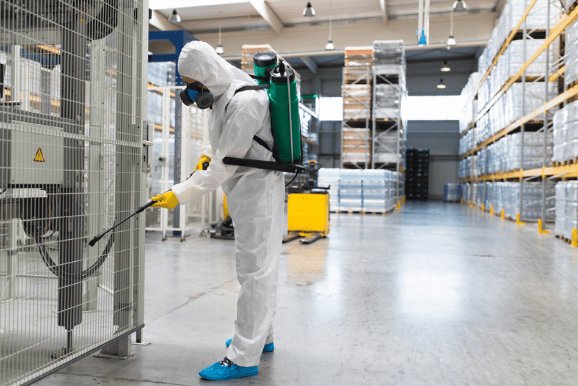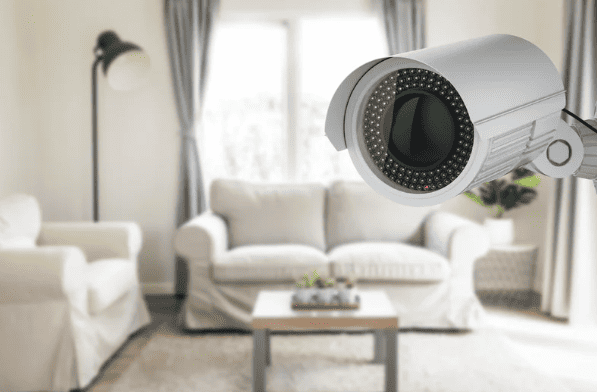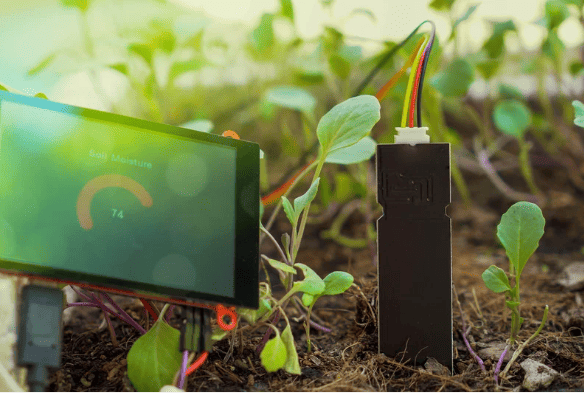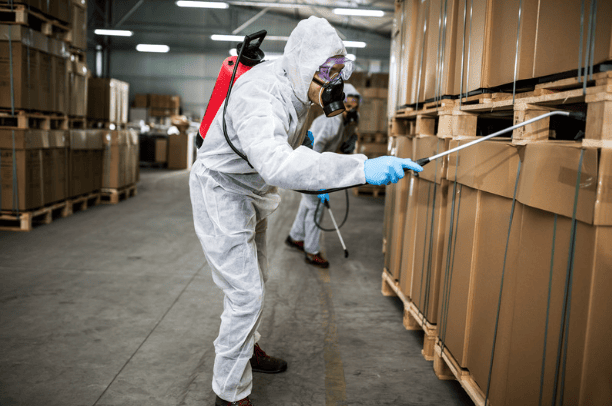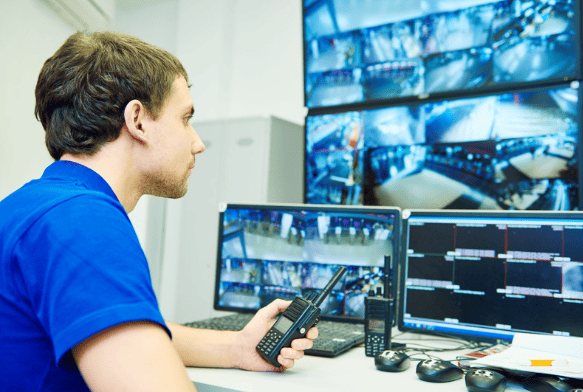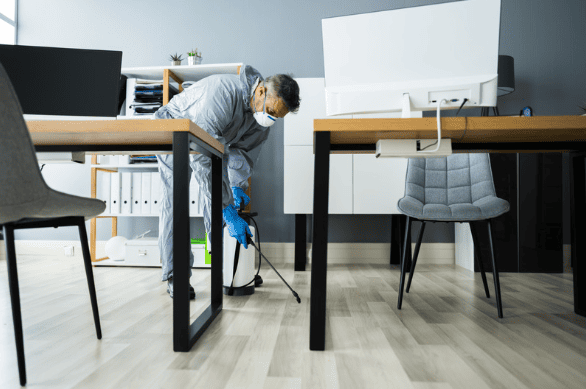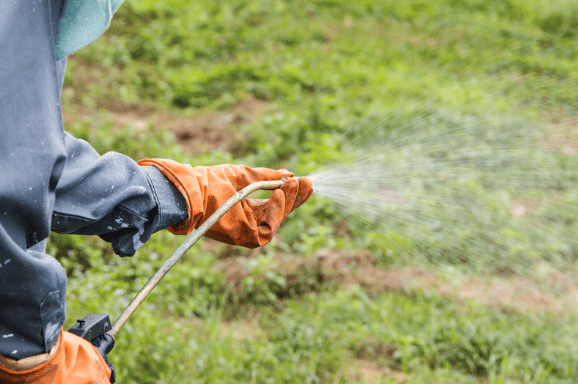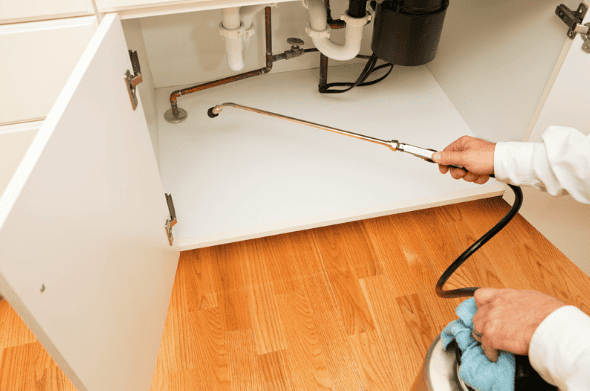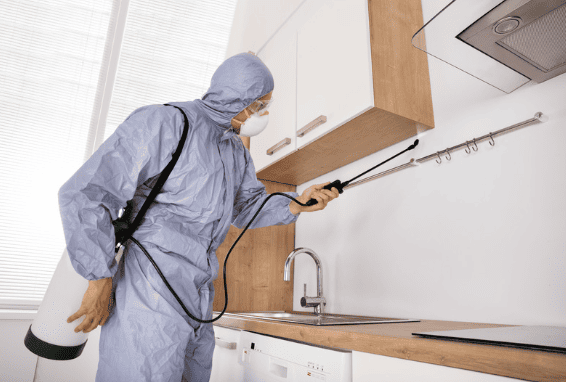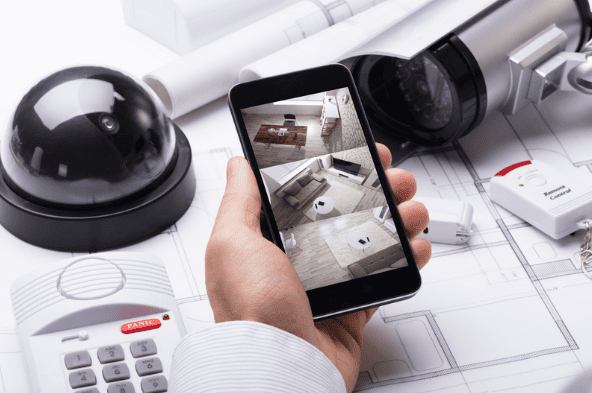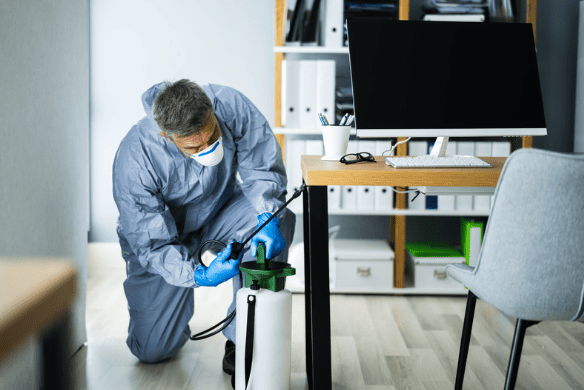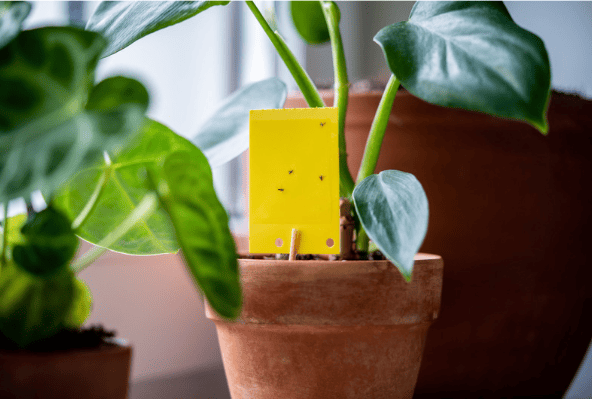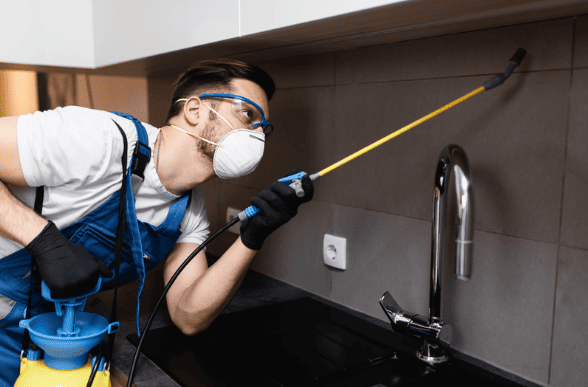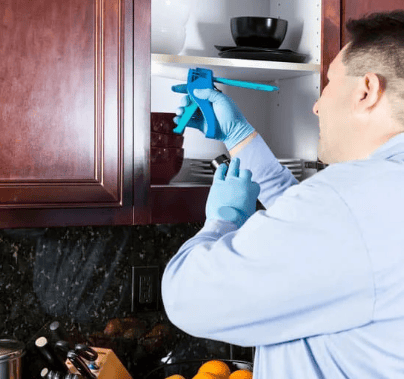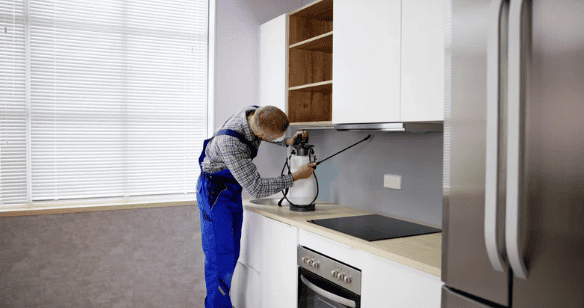Modern Pest Control
Using Technology in Modern Pest Control
In an era where technology is revolutionizing every industry, modern pest control is no exception. Traditional methods of pest control, while effective, are increasingly being complemented—or even replaced—by innovative technologies. At ABC Home and Commercial Services, we understand that staying ahead in pest control means integrating cutting-edge technology to enhance efficacy, efficiency, and environmental responsibility. In this comprehensive guide, we’ll explore how modern pest control services are transforming pest control, the benefits it offers, and what it means for homeowners and businesses alike. As the best pest control company, we are committed to providing top-notch modern pest services that ensure your property remains pest-free while prioritizing sustainability and effectiveness.
What to Expect from a Modern Pest Control Company
1. The Evolution of Modern Pest Control
Pest control has evolved significantly over the years. From ancient methods using natural repellents to the development of chemical pesticides, the goal has always been the same: to protect human health and property from pests. However, the introduction of technology has ushered in a new era of pest management. Today, technology helps not only identify and monitor pests but also deliver targeted solutions and analyze pest patterns with unprecedented accuracy. Forbes Home highlights the importance of adopting a modern approach to pest control, which combines innovative technologies with professional expertise.
2. Advanced Detection Systems
One of the most significant advancements in modern pest control technology is the development of advanced detection systems. These systems utilize a combination of sensors, cameras, and artificial intelligence (AI) to detect the presence of pests before they become a problem. Modern exterminating techniques benefit greatly from these technologies, as they allow for early identification and targeted intervention, addressing pest problems efficiently. These systems are designed to provide services that cater to the needs of homeowners, ensuring that any potential issues are managed proactively and effectively.
Smart Sensors:
Modern sensors can be placed in strategic locations around your house to monitor for signs of pest activity. These sensors detect movement, temperature changes, and even pheromone emissions. When a pest is detected, an alert is sent to the pest control expert, enabling them to respond promptly. This technology is particularly effective for termite control and wildlife control, as it allows for early detection of these specific insects and other pest, enhancing overall safety and efficiency.
Digital Cameras:
High-resolution cameras equipped with motion detectors can provide real-time footage of pest activity. This helps in accurately identifying the type of pest and assessing the extent of the pest infestation. For termite inspection and other detailed assessments, these cameras offer valuable insights into modern pest control strategies.
AI and Machine Learning:
AI algorithms analyze data collected from sensors and cameras to identify patterns and predict pest behavior. This predictive capability allows for preemptive actions and more effective pest control solutions, improving responses for issues such as termite control and other pest problems.
3. Integrated Pest Management (IPM)
Integrated Pest Management (IPM) is a comprehensive approach that combines various pest control methods into a cohesive strategy. Technology plays a crucial role in IPM by providing tools and data to optimize each component of the management plan.
Data Analytics:
Advanced data analytics platforms help in tracking and analyzing pest populations, treatment outcomes, and environmental conditions. This data-driven approach enables pest control professionals to make informed decisions and tailor their strategies to specific needs, including addressing termite damage and rodents.
Remote Monitoring:
Remote monitoring systems allow pest control experts to keep an eye on pest activity without constant physical inspections. This is particularly useful for commercial pest control services with multiple locations or large properties, enhancing efficiency and reducing disruption to business operations.
Environmental Controls:
Technology enables better control of environmental factors that can influence pest activity. For example, automated systems can regulate humidity and temperature to create unfavorable conditions for pests, mitigating issues such as termite damages and supporting more effective professional pest management.
4. Targeted Treatment Technologies
Targeted solutions technologies ensure that pest control methods are applied precisely where needed, minimizing the use of chemicals and reducing environmental impact.
Precision Spraying:
Modern sprayers are equipped with GPS and mapping technology to apply pesticides only in areas where pests are present. This reduces the amount of chemical used and limits exposure to non-target areas. This technology is particularly beneficial for managing carpenter ants, mosquitoes, and other insects around your house, ensuring quality service and targeted results.
Baiting Systems:
Smart baiting systems use sensors to detect when a pest takes the bait and can even send notifications to pest control professionals. This allows for timely replenishment and adjustment of baiting strategies, addressing many pests efficiently and maintaining effective extermination practices.
Heat and Cold Treatments:
Technology-driven heat and cold treatments are effective for eliminating pests like bed bugs and termites. These methods involve heating or cooling an area to a specific temperature that is lethal to pests without the use of chemicals. This approach provides a safe and environmentally friendly solution, benefiting both pets and people living in the treated house.
5. Green Technology and Sustainable Practices
As environmental concerns continue to grow, the pest control industry is increasingly adopting green technologies and sustainable practices.
Biopesticides:
Biopesticides are natural or biologically derived substances used to control pests. Advances in biotechnology are making biopesticides more effective and affordable. This modern approach reduces reliance on chemical treatments and enhances safety for both humans and the environment.
Electronic Monitoring:
Electronic traps and monitoring devices can reduce the need for chemical treatments by providing early detection and targeted interventions. This technology allows pest control companies to manage bugs and termites more efficiently, ensuring effective prevention and reducing the overall environmental impact.
Integrated Systems:
Combining various technologies, such as automated environmental controls and precision treatments, helps minimize the overall use of chemicals and promotes sustainability. These modern systems are designed to address pest issues effectively while enhancing safety and extermination efforts, making them a crucial part of eco-friendly pest management practices.
6. Enhancing Customer Experience
Technology is also improving the customer experience in pest control services.
- Mobile Apps: Many pest control companies now offer mobile apps that allow customers to schedule appointments, track service progress, and access educational resources. This feature is particularly useful for customers in Boston St Woburn and the broader New England area, providing convenience and streamlined communication.
- Virtual Inspections: Virtual inspections using video calls and digital platforms enable pest control experts to assess situations remotely, saving time and providing convenience.
- Transparent Reporting: Technology facilitates detailed and transparent reporting on pest control activities, giving customers clear insights into the services provided and the results achieved.
7. Case Studies and Real-world Applications
To illustrate the impact of technology on pest control, let’s look at a few case studies:
Commercial Buildings:
In a large commercial building, a combination of smart sensors and AI-driven analytics helped identify and address a rodent infestation before it caused significant damage. The targeted solutions approach reduced the need for widespread pesticide use and minimized disruption to the building’s operations.
Residential Properties:
A heat treatment system was used to eliminate pests without chemicals for a residential client dealing with a bed bug infestation. The system’s precision and effectiveness provided a quick resolution with minimal inconvenience to the homeowner.
Agricultural Settings:
In agriculture, remote monitoring systems and precision spraying technologies have helped farmers manage pest populations more efficiently, leading to higher crop yields and reduced pesticide use.
8. Challenges and Considerations
While technology offers numerous benefits, there are also challenges and considerations to keep in mind.
- Cost: Advanced pest control technologies can be expensive, and not all customers may be able to afford them. Balancing cost and effectiveness is crucial.
- Technical Expertise: Implementing and maintaining advanced technologies requires skilled professionals. Ongoing training and support are necessary to ensure optimal performance.
- Privacy Concerns: The use of sensors and cameras raises privacy concerns, particularly in residential settings. Ensuring that data is handled responsibly and with consent is essential.
Benefits of Using Modern Pest Services for Your Home
Technology is transforming the pest control industry, making it more effective, efficient, and environmentally friendly. At ABC Home and Commercial Services, we are committed to integrating the latest technological advancements to provide superior pest control solutions. By embracing these innovations, we aim to deliver better results, enhance customer satisfaction, and contribute to a healthier, pest-free environment. As technology continues to evolve, so will our approach to pest control, ensuring that we remain at the forefront of industry advancements.
Visit ABC Home and Commercial Services for more information on how we use technology in pest control and to schedule a consultation.
